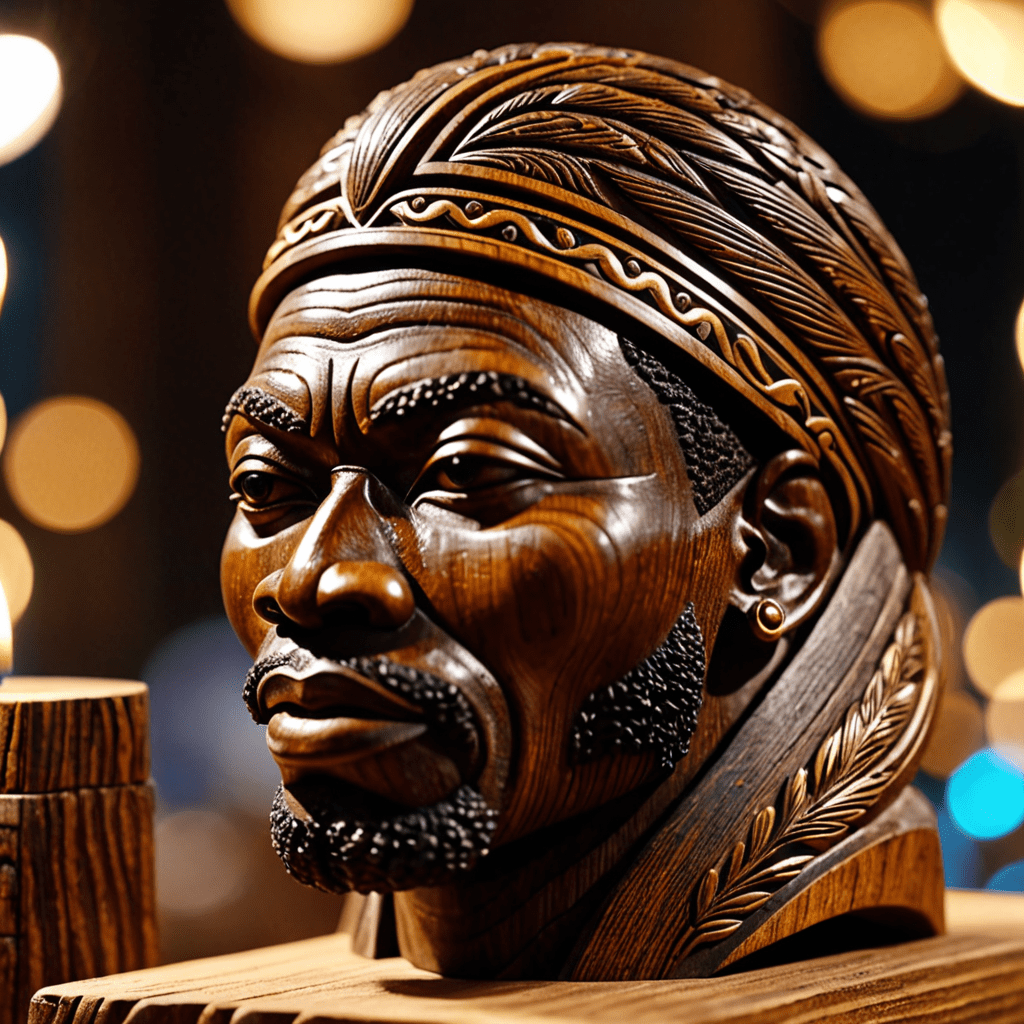
Exploring Angola’s Rich Heritage: Traditional Woodcarving Techniques
The Artistic Legacy of Angola
Angola, a country in Southern Africa, boasts a vibrant cultural heritage that is deeply rooted in traditional art forms. One of the most prominent and cherished art forms in Angola is traditional woodcarving. This ancient craft has been passed down through generations, reflecting the rich history and cultural significance of the Angolan people.
Materials and Tools Used
Angolan woodcarvers typically use indigenous woods such as rosewood, ebony, and mahogany for their creations. These woods are not only durable but also add a unique beauty to the finished pieces. Traditional tools like chisels, mallets, and knives are used to carve intricate designs and patterns into the wood, showcasing the artisan’s skill and craftsmanship.
Symbolism and Meaning
Woodcarving in Angola is more than just a craft; it is a form of storytelling and cultural expression. Many carvings depict traditional proverbs, historical events, or spiritual beliefs, making each piece a reflection of Angolan society and values. Symbols such as animals, geometric patterns, and human figures are commonly found in Angolan woodcarvings, each with its own unique significance.
Techniques and Processes
Angolan woodcarvers employ a variety of techniques to bring their creations to life. From relief carving, where designs are raised from the surface of the wood, to chip carving, which involves removing small chips of wood to create intricate patterns, each method requires precision and skill. Some woodcarvers also use pyrography, a technique that involves burning designs onto the wood for added detail.
Market and Influence
Traditional woodcarvings from Angola have gained recognition not only locally but also internationally. These intricate works of art are sought after by collectors and art enthusiasts for their cultural authenticity and artistic quality. The market for Angolan woodcarvings continues to grow, providing economic opportunities for local artisans and promoting Angolan art and culture on a global scale.
Preservation and Revival Efforts
In recent years, there has been a renewed interest in preserving and promoting Angola’s traditional woodcarving techniques. Organizations and initiatives have been established to support local artisans, provide training programs, and create market opportunities for their work. By safeguarding this ancient craft, Angola is not only preserving its cultural heritage but also ensuring the continuity of a cherished art form for future generations.
Immerse Yourself in Angola’s Woodcarving Tradition
Experiencing Angola’s traditional woodcarving techniques is not just about admiring the final pieces; it is about understanding the history, culture, and craftsmanship that go into each creation. Whether you are a seasoned art collector or a curious traveler, exploring Angola’s woodcarving heritage offers a glimpse into the soul of this vibrant and culturally rich nation.
FAQ About Angola’s Traditional Woodcarving Techniques
What are Angola’s traditional woodcarving techniques?
Traditional woodcarving techniques in Angola involve intricate designs and patterns carved into various types of wood using chisels, knives, and other tools. Artisans often incorporate cultural motifs and symbols into their creations, reflecting the heritage and traditions of Angolan communities.
Which types of wood are commonly used in Angola’s traditional woodcarving?
Artisans in Angola commonly use native hardwoods such as ebony, rosewood, and mahogany for traditional woodcarving. These woods are prized for their durability, workability, and rich natural colors, contributing to the beauty and craftsmanship of the final carved pieces.
What kinds of traditional woodcarved items can be found in Angola?
In Angola, traditional woodcarvers craft a wide range of items, including ceremonial masks, sculptures, figurines, furniture, and decorative objects. These items often serve both practical and cultural purposes, showcasing the skill and artistic expression of Angolan woodcarvers.

